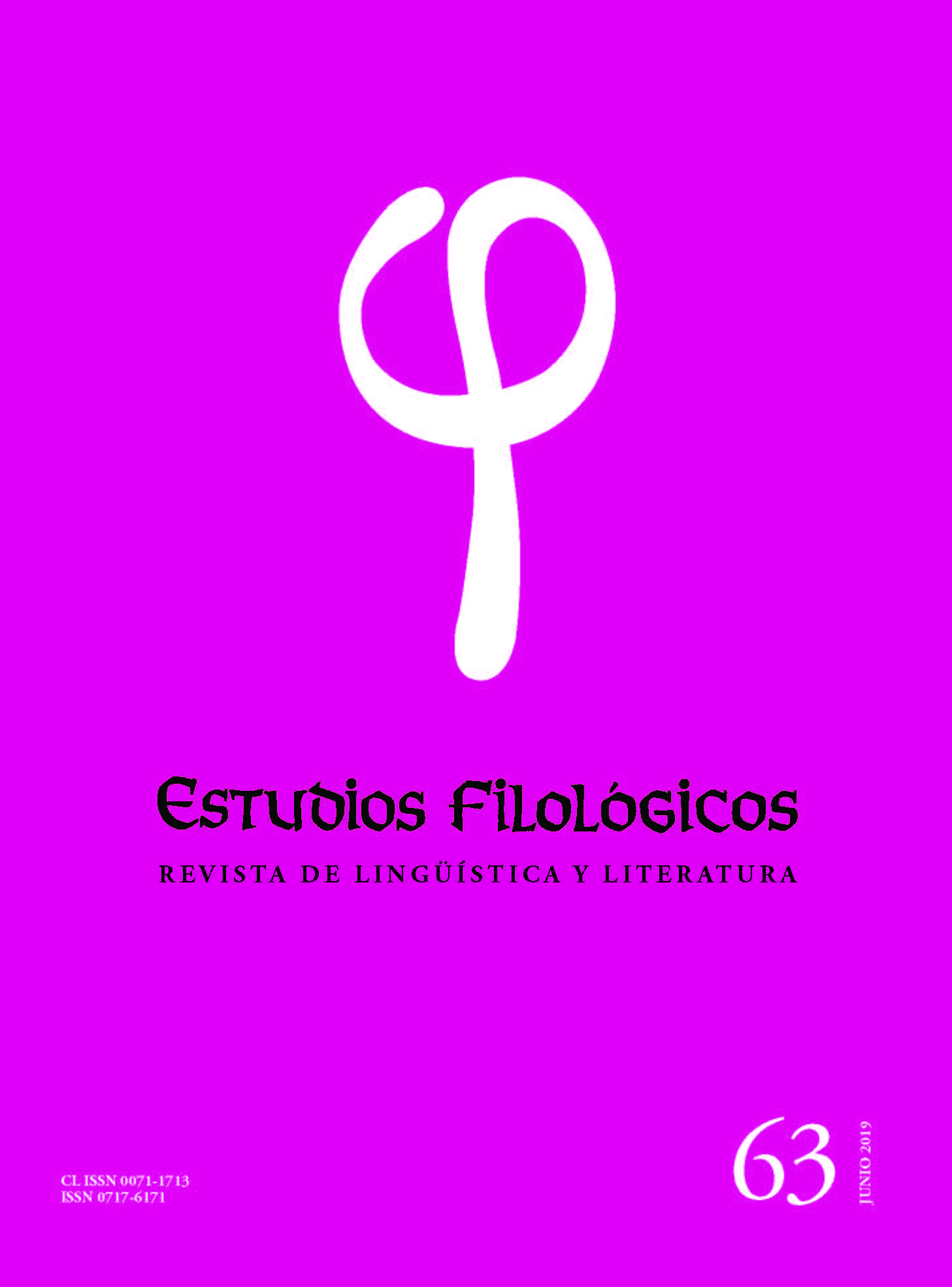What type of information does an evidential actually encode? Proposal for a conceptual distinction between source, basis and mode of access as a new framework for the identification of evidentials
Main Article Content
Abstract
In the most influential studies on evidentiality the nouns source and evidence are frequently used to refer to the values conveyed by evidentials. Although these words can designate very different epistemological notions, they are rarely defined as terms in specialized studies. Consequently, very heterogeneous linguistic items and constructions in different Germanic and Romance languages are considered evidentials because the values they convey can be paraphrased with the words source or evidence, even though many of them barely share any semantic property with true evidentials like those found in Tuyuca or Quechua. We propose a conceptual distinction (source, basis, mode of access) in order to avoid the terminological and notional problems arisen from an intuitive use of the words source and evidence in the literature on evidentiality applied to European languages. The productivity of this distinction is illustrated by a case study: the noun phrases initiated by the Spanish preposition según.

